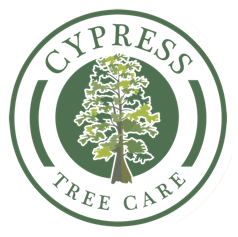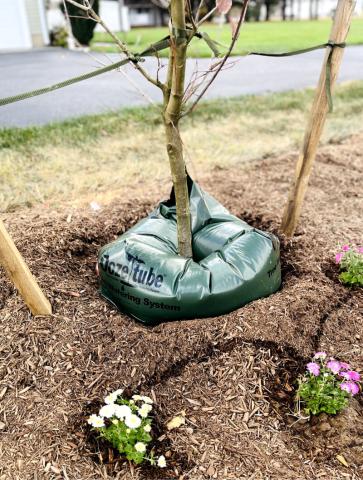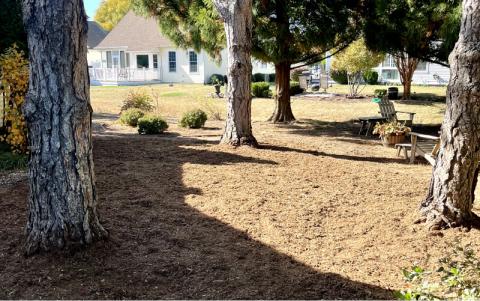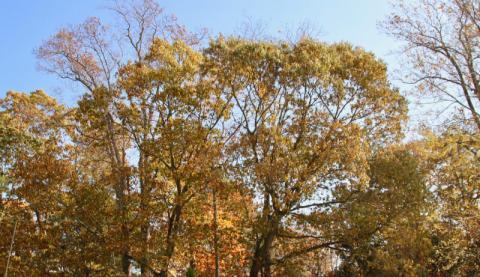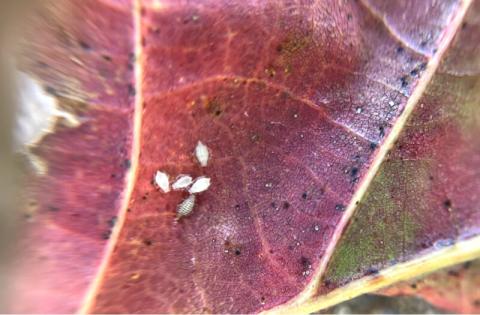Solving Pest Problems
Integrated pest management, or IPM, is a process you can use to solve pest problems
while minimizing risks to people and the environment. IPM can be used to manage all kinds of pests anywhere—in urban, agricultural, and wildland or natural areas.
Definition of IPM
IPM is an ecosystem-based strategy that focuses on long-term prevention of pests or their damage through a combination of techniques such as biological control, habitat manipulation, modification of cultural practices, and use of resistant varieties. Pesticides are used only after monitoring indicates they are needed according to established guidelines, and treatments are made with the goal of removing only the target organism.
Pest control materials are selected and applied in a manner that minimizes risks to human health, beneficial and nontarget organisms, and the environment.
What is a pest?
Pests are organisms that damage or interfere with desirable plants in our fields and orchards, landscapes, or wildlands, or damage homes or other structures.
Pests also include organisms that impact human or animal health. Pests may transmit disease or may be just a nuisance. A pest can be a plant (weed), vertebrate (bird, rodent, or other mammal), invertebrate (insect, tick, mite, or snail), nematode, pathogen (bacteria, virus, or fungus) that causes disease, or other unwanted organism that may harm water quality, animal life, or other parts of the ecosystem.
